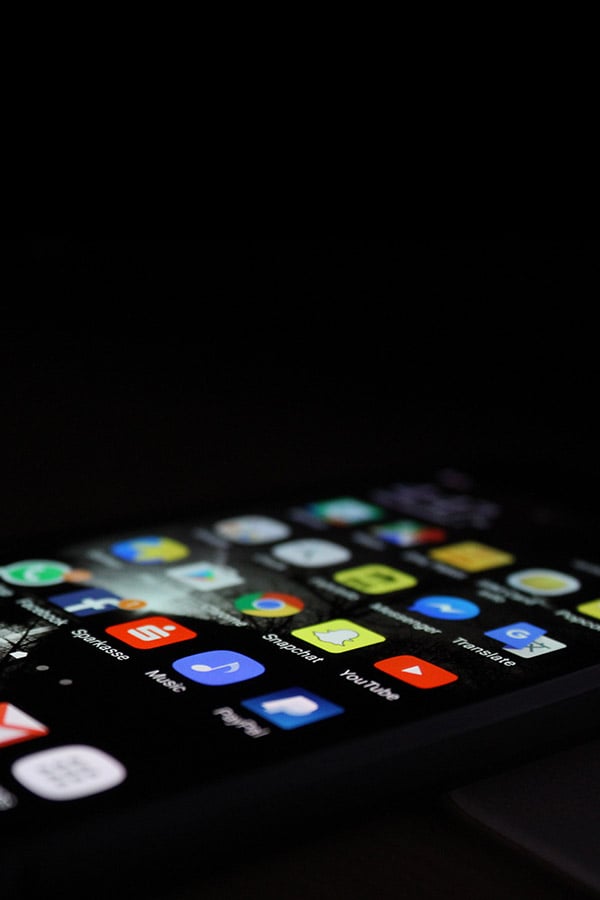[ad_1]
Just for fun, I entered “levels of influencer” in an internet search. There’s no shortage of results (over 27 Million). How are number of followers grouped for “influencer” purposes? Here’s how a few sites break down the numbers:
CMS Wire (link) identifies 4 levels:
- Nano: less than 1,000
- Micro: 1,000–100,000
- Macro: 100,000–1 Million
- Mega: 1 Million +
Zero Gravity Marketing (link) uses 5 tiers, with slightly different break points:
- Nano: 1,000–10,000
- Micro: 10,000–50,000
- Mid-Tier: 50,000–500,000
- Macro: 500,000–1 Million
- Mega: 1 Million +
SocialFly (link) identifies a higher threshold for “Mega-influencers”:
- Nano: 5,000–10,000
- Micro: 10,000–50,000
- Mid-Tier: 50,000–250,000
- Macro: 250,000–1.5 Million
- Mega: 1.5 Million +
Here is the overlap in the levels using the three sources above:
- Under 1,000 followers: nano / not an influencer
- 1,000–5,000: micro / nano / not
- 5,000–10,000: micro / nano
- 10,000–50,000: micro
- 50,000–100,000: mid-tier / micro
- 100,000–250,000: macro / mid-tier
- 250,000–500,000: macro / mid-tier
- 500,000–1 Million: macro
- 1 Million — 1.5 Million: mega / macro
- 1.5 Million +: mega influencer
Here is the same information from the three sources, just grouped differently:
- Nano: none (no overlap in what is consider a “nano-influencer”)
- Micro: 10,000–50,000
- Mid-Tier: none (not defined by some sources)
- Macro: 500,000–1 Million
- Mega: 1.5 Million +
So what’s the point? What are the takeaways? There are three:
- Under 10,000 followers, persons likely aren’t influencers. They may have influence (anyone and everyone can have influence), but they’re not an “influencer”, at least as agreed upon by the cited data sources.
- There are gaps between levels. Think you’re big time? Think you’re small town? You’re probably both.
- Taylor Swift (269M+ followers on Instagram alone, 79M+ on Facebook) is at an entirely different “influencer” level from the rest of us.
Source link









![Can You Create a Wikipedia Page for Your Company? [Best Practices & Guidelines to Know] Can You Create a Wikipedia Page for Your Company? [Best Practices & Guidelines to Know]](https://i0.wp.com/imtools.pro/wp-content/uploads/2023/11/how-to-create-a-wikipedia-page.pngkeepProtocol.png?resize=150%2C150&ssl=1)
![How to Write a LinkedIn Recommendation in 2023 [Quick Tip + Examples] How to Write a LinkedIn Recommendation in 2023 [Quick Tip + Examples]](https://i0.wp.com/imtools.pro/wp-content/uploads/2023/11/write-linkedin-recommendation.pngkeepProtocol.png?resize=150%2C150&ssl=1)